
A co-worker keeps emailing me suggestive pictures that make me uncomfortable, even after I asked them to stop. Is this sexual harassment?
The law protects you from objectionable or unwelcome conduct at your workplace. Especially if the conduct is sexual in nature. Learn how to identify sexual harassment at work, and what steps you can take to deal with it.
What you should know
Under BC law, workers are protected from discrimination at work. Discrimination occurs when you’re treated differently based on certain personal characteristics. Among the protected characteristics are your:
sex
sexual orientation
gender identity or expression
Sex discrimination means treating someone badly or denying them a benefit based on one of these characteristics. For example, say you’re denied a promotion because of your sexual orientation (or because of what someone thinks your sexual orientation may be). That’s sex discrimination.
Sexual harassment is a type of sex discrimination. Let’s have a look at how to identify and address sexual harassment in the workplace.
“My supervisor loves making wisecracks. At first, his jokes felt mostly harmless. But then he started getting more personal, poking fun at my outfits and how I looked ‘foxy.’ Eventually, I spoke up and told him that his jokes made me uncomfortable and that I wanted him to stop. He took it to heart, and now I can focus on my work again.”
– Natalee, Port Moody, BC

Sexual harassment can take many forms. It can be physical conduct like grabbing or kissing. It can be verbal conduct, like making crude jokes, demeaning comments about how someone looks, or sexual propositions — including over email or online. It can also be something less direct, like displaying an inappropriate picture at work.
Examples of sexual harassment
Sexual harassment can include the following conduct:
sexual leering, teasing, or telling obscene jokes (including by email, social media or other means)
making rude comments about someone’s gender presentation, or treating someone badly because they don’t fit with sex-role stereotypes
the unwanted display or sharing of pornography or suggestive pictures
sexual behaviour you feel you must accept to keep your job or get a promotion
An invitation can be sexual harassment
An invitation can cross the line into sexual harassment. For example:
an invitation to dinner from an employer who implies you must accept it or face trouble in your job
an unwanted invitation or proposition from an employer that is repeated
Not all invitations are sexual harassment. An invitation can be an innocent, one-time request that you can accept or reject without any trouble.
There are three key elements of sexual harassment in the workplace:
conduct of a sexual or gender-based nature,
conduct that is unwelcome, and
conduct that detrimentally affects the work environment or leads to negative job-related consequences.
"Gender-based" refers to comments or behaviour that relate specifically to gender. The offensive behaviour may reference gender (for example, use of gender-based insults or slurs). Or the behaviour may occur because of gender (for example, an offensive joke does not refer to sex, but the joke is made to embarrass the person because she is a woman).
Under the law in BC, employers have a duty to take steps to make sure sexual harassment isn’t happening in the workplace. As well, they must have a policy in place to prevent and respond to harassment and bullying in the workplace, and provide a process for complaints.
If they learn of sexual harassment occuring, they must act immediately to stop it. Employers may face liability if they allow harassment to continue without doing anything about it.
There are actually several laws in play to protect workers from sexual harassment.
The BC Human Rights Code protects people from sexual harassment and other forms of discrimination. This law protects people from being treated differently based on protected characteristics. This includes their sex, sexual orientation, or gender identity or expression. Below, we explain how one option to deal with harassment is to make a human rights complaint.
The Workers’ Compensation Act deals with harassment, which includes sexual harassment. A worker who is sexually harassed at work and suffers a mental disorder from it may be able to get workers’ compensation benefits. Below, we walk you through the steps to make a claim. Employers must also have policies to prevent and respond to harassment and bullying in the workplace.
If sexual harassment is serious enough, it may be a crime under the Criminal Code. Sexual assault is unwanted touching of a sexual nature. Criminal harassment is behaviour that a person knows (or ought to know) is harassing the victim, and causes the victim to reasonably fear for their safety.
Work out the problem
React immediately and directly, if possible. Sometimes you can talk to the person harassing you. The best response may be to tell the person you don’t welcome or accept the behaviour, and if they repeat it you will report it. But sometimes, talking to the harasser won’t work, such as if you fear for your safety. In such a case, go directly to the next step, to make notes of the harassment.
Keep a written record of every incident of harassment with as much detail as possible. Include the date and location of the incident, who else was present, and the details of the harassment. Tell someone else, like a trusted co-worker, friend, or family member that you are being harassed.
Your written record, and the fact you told someone, may be important evidence if you file a complaint or sue.
Talk to your supervisor or human resources person. Find out your employer’s policy on human rights complaints (remember, employers are supposed to have a policy that deals specifically with bullying and harassment). To prepare for the conversation, we offer tips for talking with your employer.
If you belong to a union, talk to the union representative. You have a right under your collective agreement to file a grievance about sexual harassment in the workplace.
If the harassment continues, you can make a human rights complaint to the BC Human Rights Tribunal. The tribunal deals with complaints made under the Human Rights Code. It operates like a court, but less formal.
Our guidance on if you’re discriminated against at work explains the steps to file a complaint. Note you must file a complaint with the tribunal within one year of when the harassment happened. If the harassment occurred over a period of several months, you can wait to file your complaint until one year from the date of the last incident of discrimination.
If the Code covers your complaint, the tribunal will ask the other person to reply to your complaint. The tribunal will try to help you and the other person resolve the issue. If that’s not possible, the tribunal may hold a hearing. If your complaint is justified, the tribunal can make orders to stop the harassment and pay you compensation.
The Code prohibits anyone from threatening you or retaliating against you for filing a complaint.
The amount of compensation you can receive depends on the type and severity of the harassment
Under the Code, the tribunal can award damages for injury to dignity, feelings and self-respect. In deciding on the amount, the tribunal will consider:
the nature of the harassment (was it verbal, physical, or both?)
the degree of aggressiveness and physical contact involved in the harassment
the time period of the harassment (was it ongoing?)
the frequency of the harassment
the age of the victim
the vulnerability of the victim
the psychological impact of the harassment on the victim
Damages for injury to dignity, feelings and self-respect range anywhere from around $4,000 to $50,000. At the low end of the scale are cases that typically involve infrequent, non-physical harassment. Towards the higher end of the scale are cases involving longer term or frequent verbal and physical harassment, where the victim suffers serious psychological effects that are supported by medical evidence.
In addition, the tribunal can order compensation for lost wages or expenses incurred due to the harassment.
Review previous tribunal decisions
To understand how the tribunal weighs the above factors in deciding on a damages award, you can review previous decisions. The BC Human Rights Tribunal website summarizes some key tribunal decisions on sexual harassment.
If you must leave your job because of the harassment — or are dismissed if you refuse to accept the harassment — you may also be able to sue in court for wrongful or constructive dismissal. However, the court cannot award damages for injury to dignity like the tribunal can.
Bringing a lawsuit is a time-consuming and expensive process, and if you lose your court case, you will likely be ordered to pay the defendant’s legal costs. The tribunal, on the other hand, does not require you to pay the other party’s legal costs if you lose.
See our information on if you are fired and constructive dismissal for more details.
If the sexual harassment you experience in your job results in a mental disorder, such as anxiety or depression, you may be entitled to workers’ compensation. To be eligible, you must be diagnosed with a mental disorder by a psychiatrist or psychologist.
To start a claim, call WorkSafeBC’s Teleclaim line at 1-888-WORKERS. You’ll be connected with a specialist who will guide you through the process. See the WorkSafeBC website for more. You must contact WorkSafeBC within one year of the harassment that caused your mental disorder.
Who can help
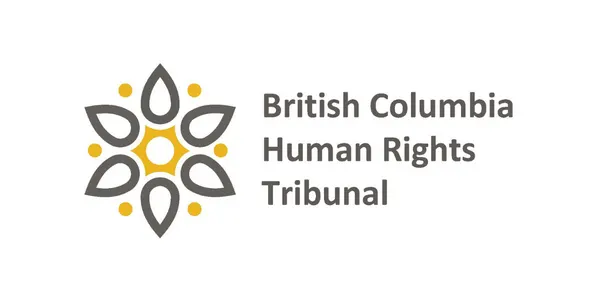
BC Human Rights Tribunal
Deals with human rights complaints against employers in the province.
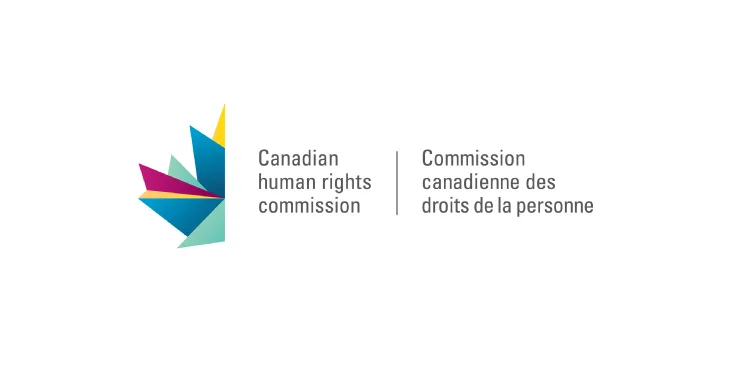
Canadian Human Rights Commission
Deals with discrimination complaints under federal human rights law.
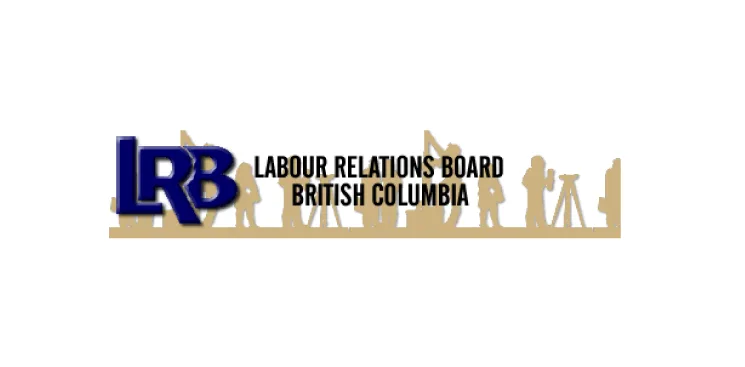
Labour Relations Board
May be able to help if your union has refused to file a grievance for you.
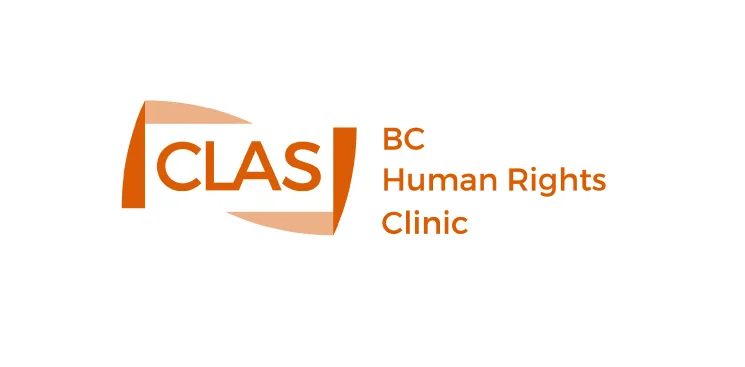
BC Human Rights Clinic
Provides free assistance and representation to those who qualify for help with a discrimination complaint under BC law.
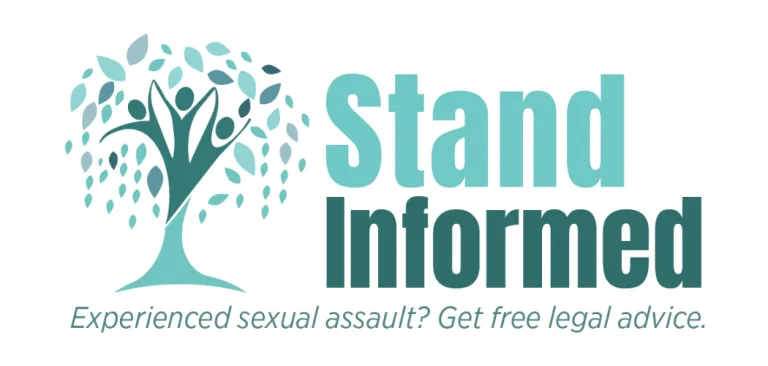
Stand Informed
An independent legal advice service for British Columbians who have experienced sexual assault.
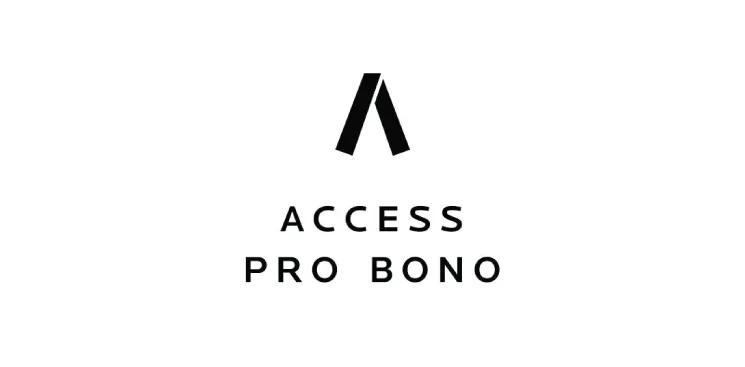
Access Pro Bono's Free Legal Advice
Volunteer lawyers provide 30 minutes of free legal advice to people with low or modest income.
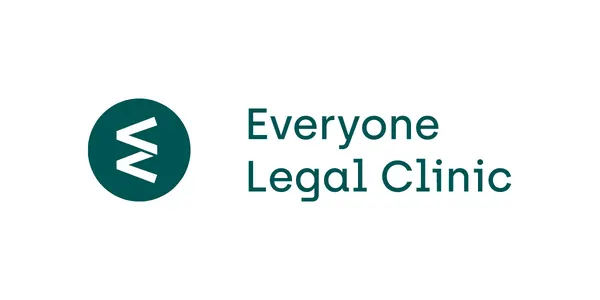
Access Pro Bono’s Everyone Legal Clinic
Clinicians provide affordable fixed-fee services on a range of everyday legal problems.

Lawyer Referral Service
Helps you connect with a lawyer for a complimentary 15-minute consult to see if you want to hire them.
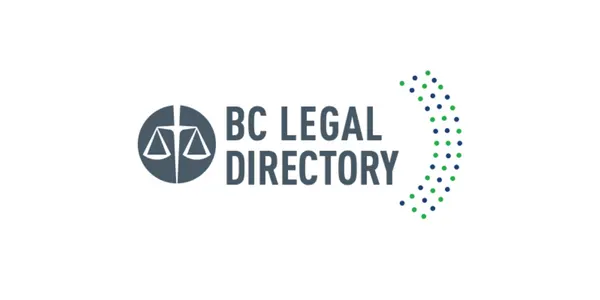
BC Legal Directory
Search for a lawyer by community or legal issue. From the Canadian Bar Association, BC Branch.


